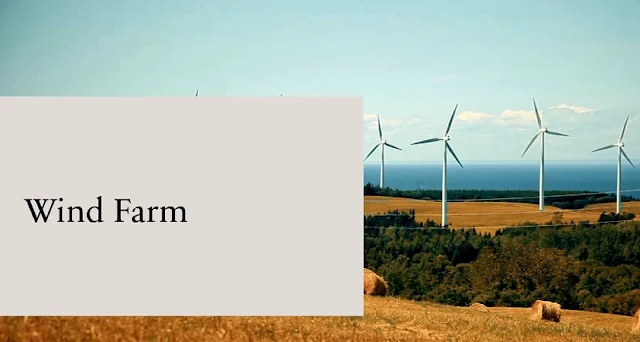Here is a multiple-choice question many are asking:
Which sustainable practice is paired correctly with its impact on the environment?
A. Using bamboo results in an increased use of forest trees.
B. Practicing contour ploughing results in a need for more land.
C. Setting irrigation systems to run longer results in a reduction of water use.
D. Building more wind farms results in a reduction of fossil fuel use.
The answer is D.
Here is a brief explanation. To answer this question, the keyword is 'sustainable practice'. So, what is it?
 |
| Q. Which sustainable practice is paired correctly with its impact on the environment? |
What is 'sustainable practice'?
Sustainable practices refer to methods and techniques that are used to preserve and protect the environment, while also meeting the needs of human society.
These practices include using renewable energy sources, conserving natural resources, reducing waste, and protecting biodiversity.
They aim to support long-term ecological balance, social well-being, and economic prosperity. Examples of sustainable practices include recycling, conservation agriculture, sustainable forestry, and green building.
USE-CASE US: Which sustainable practice is paired correctly with its impact on the environment?
The United States is one of the world's largest consumers of energy, and much of that energy comes from fossil fuels such as coal, oil, and natural gas. Burning fossil fuels releases greenhouse gases into the atmosphere, which contribute to climate change.
Wind energy is a clean and renewable source of energy that can help to reduce our reliance on fossil fuels. Wind farms are becoming increasingly common in the United States, and they are helping to reduce our carbon emissions.
In addition to building more wind farms, there are a number of other things that we can do to reduce our reliance on fossil fuels and protect the environment. These include:
- Driving less and walking, biking, or taking public transportation more often
- Using energy-efficient appliances and light bulbs
- Turning off lights and appliances when we are not using them
- Weatherizing our homes to make them more energy-efficient
- Switching to renewable energy providers
By taking these steps, we can all help to make a difference for the environment.
Building Wind farms
'Building more wind farms results in a reduction of fossil fuel use' is an example of sustainable practice because it addresses the need to preserve and protect the environment and also meets the need for energy.
Additional note on windfarm
A wind farm is a collection of wind turbines in a specific location used to generate electricity. The turbines are connected to a power grid, and the electricity they generate is distributed to homes and businesses.
Wind farms can be located on land or offshore, and can range in size from a small number of turbines to several hundred.
They are considered renewable energy sources because the wind is a natural and limitless resource.
Wind power is also considered sustainable, as it does not produce emissions or pollutants and has minimal impact on land use. A wind farm is also known as a wind power station or wind park.

No comments:
Post a Comment
Thank you for the comment.